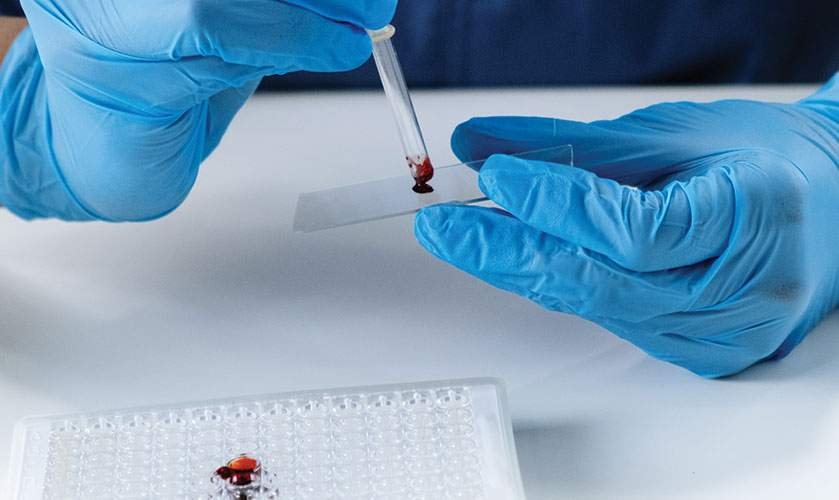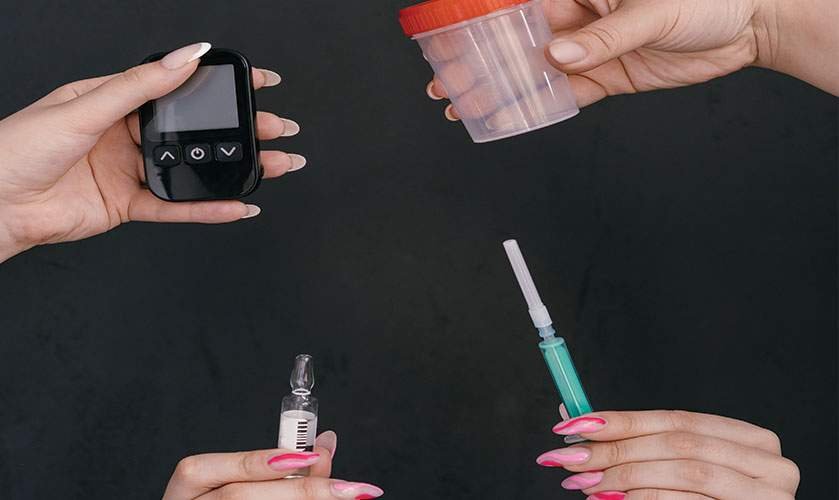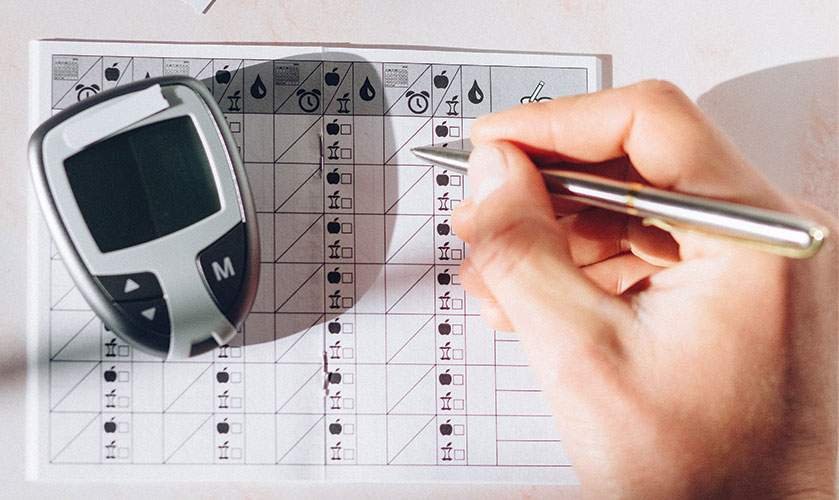Diabetic Ketoacidosis (DKA)
Diabetes ketoacidosis is caused by a lack of insulin. When the body either doesn’t produce insulin or produce in little amount, glucose level elevates. Eventually, the body uses fat to generate energy. When fat is used instead of glucose, ketones are produced in large amounts and deposits in the blood. When the body does not obtain insulin, DKA may develop. The time it will take and how high the glucose levels rise may vary.
Ketones are the compound body makes when it doesn’t receive enough glucose. Glucose is the body’s main source of energy and when it doesn’t utilize well, ketones are formed leading to KDA.
Timely checking of the BG about 4-6 times each day, testing more often when sick, and responding appropriately to the high BG levels will prevent DKA. High levels of ketones indicate that diabetes is out of control and the person is getting more sick.
There are some symptoms/ warning signs of DKA:

- High blood glucose levels
- Ketone bodies in blood and urine
- Nausea, vomiting and abdominal cramps
- Fatigue and weakness
- Hot and flushed skin
- Blurred vision
- Shortness of breath
- Increased thirst
- Frequent urination
- Fruity breathing
- Unconsciousness
How to test for ketones?
There are two tests to check the presence of ketones: urine and blood test. The test kits are available at pharmacy stores.
1. Urine test

- Collect a urine sample
- Dip the ketone strip into the urine sample
- Check the label indicators for ketone presence.
- The darker colour will indicate high levels of the ketone.
2. Blood test

The blood test is done with either a meter or special ketone test strips. It’s similar to the BG test, except for ketone checking. Ketone presence is checked by a blood test that detects the presence of beta-hydroxybutyrate. The person should ask their doctors which method should they use and inform them whether the ketones are moderate or large, or if they feel nausea or vomiting and difficulty in breathing.
It should be noted that ketones are generally not present unless you have no insulin or an insufficient amount of insulin for a long time or you were ill.
What to do if ketones are present?

- Rectify high BG with insulin using a syringe
- If the person uses insulin, then they should change infusion site, infusion set, reservoir and troubleshoot pump
- Consume non-carbohydrate fluids
- Go to a doctor as soon as possible
- Ask for emergency care
- Follow the instructions given by your healthcare professional
How to treat diabetes ketoacidosis?

People with diabetic ketoacidosis need hospital care, where numerous methods are used to correct the high blood sugar levels.
For example:
- Insulin therapy
- Fluid replacement
- Electrolyte replacement
The corrective methods may take some days to shift your blood sugar levels to optimum.
Diabetes ketoacidosis prevention
Some infections or illnesses cause blood sugar levels to go higher than normal. Ill people are highly susceptible to DKA because it has similar effects as flu and stomach virus symptoms. People should check their BG levels and monitor their ketone levels during illness.
- Check the BG levels every 2 hours.
- Check for ketone while urinating
- when a sense of nausea or vomiting appears immediately check ketone levels
- Take medical help if ketone levels are moderate to high
If the patient themselves cannot monitor diabetes accurately, they should ask their friend or a family member to help.
The pancreas makes insulin 24 hours a day. Insulin is released in 2 ways: small amounts when insulin is released between meals and while sleeping. The second one is in greater amounts that are released after eating. When this normal functioning gets disturbed, diabetes can occur and may cause certain complications such as DKA.